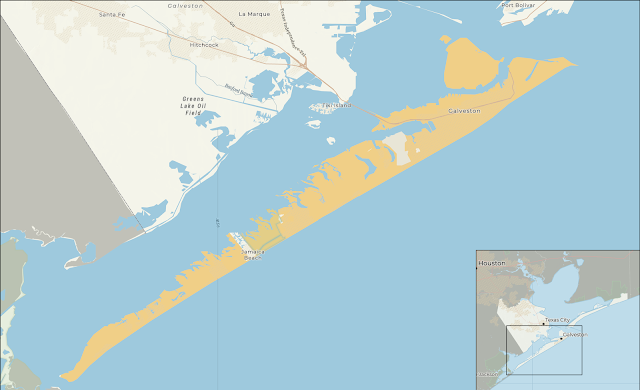Geography of War - The Battle of Thermopylae

The Battle of Thermopylae (Greco-Persian Wars) Date: Summer 480 BC Modern Location: Central Greece Combatants: Persian Achaemenid Empire (led by King Xerxes I) vs. Greek city-states (led by Sparta's King Leonidas) Summary: In 490 BC, forces under Persia's King Darius the Great were halted during his attempt to control all of the Greek city-states at the Battle of Marathon - a rare defeat for the successful empire-builder. Ten years later, Darius' son and successor personally led an even larger army in an attempt to subdue the unruly population which had created a coalition of forces led by the soldiers of Athens and Sparta. While an accurate count of Persian soldiers will never be known, it is likely the force numbered close to one hundred thousand at the time of attack, with reinforcements of similar numbers on their way. Against this onslaught, Sparta's King Leonidas formed a band to delay the invasion, including 300 of his own hoplites (trained soldiers equipp



